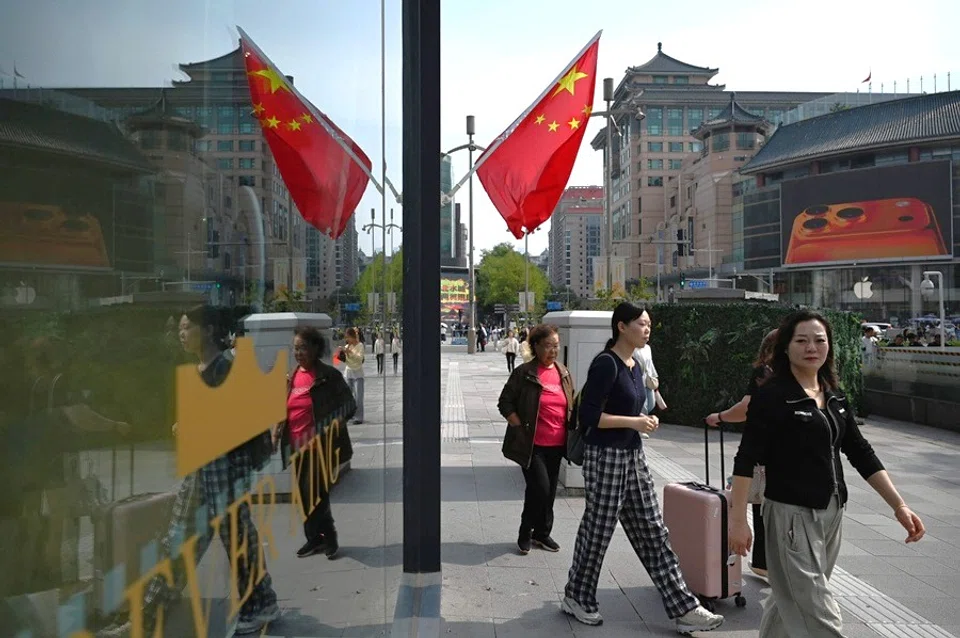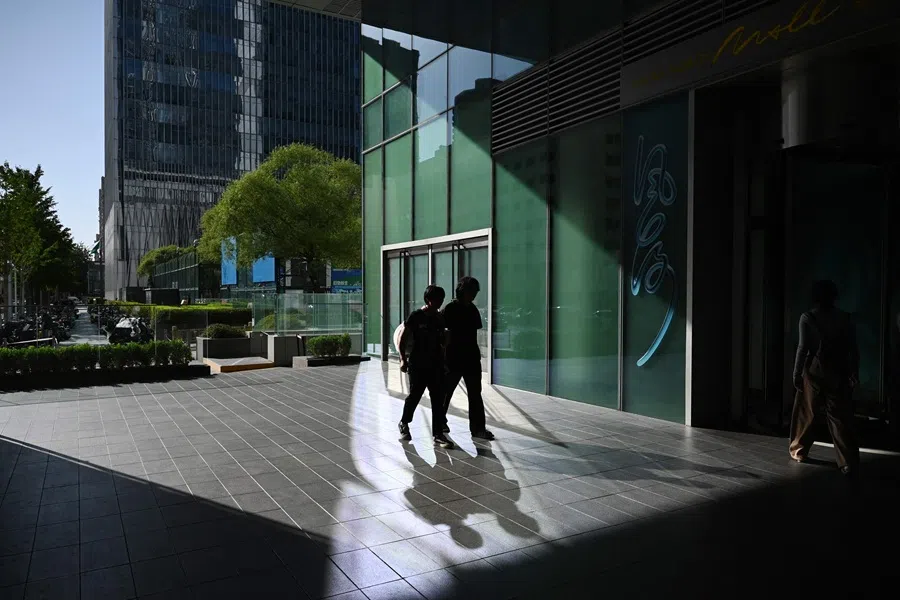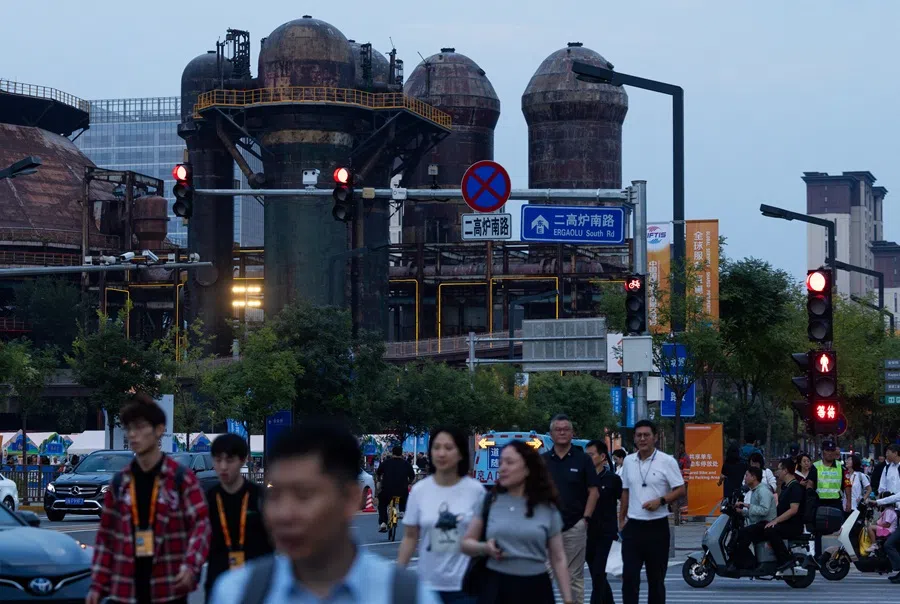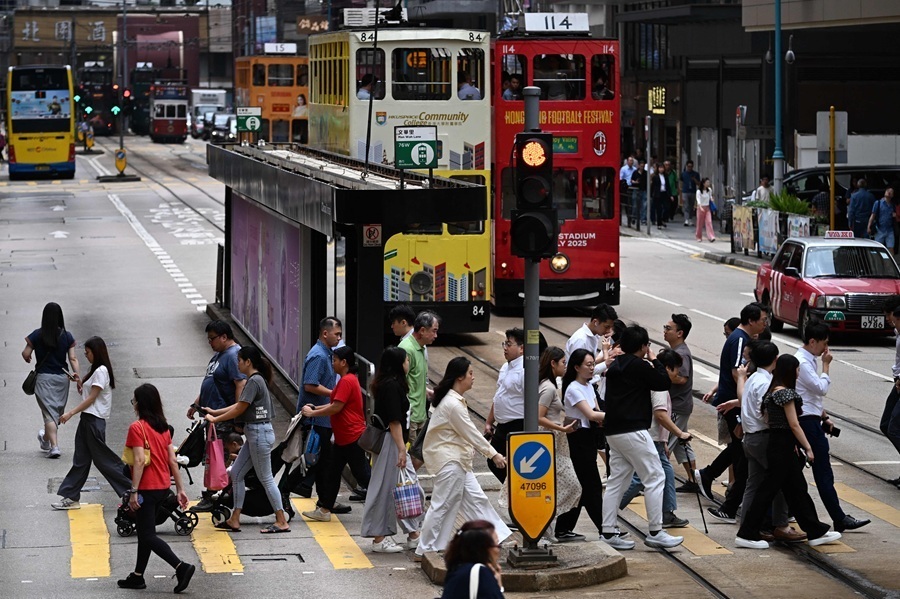The unfinished transformation of China’s local government financing vehicles
With China’s Politburo calling for the “forceful, orderly and effective clean-up” of local government financing vehicles (LGFVs), LGFVs are scrambling to present themselves as market-driven platforms and make the transformation stick.

(By Caixin journalists Yu Hairong, Zhang Yuzhe, Ding Feng and Qing Na)
Local government financing vehicles (LGFVs) in China are trying to transform themselves in a hurry after racking up trillions of RMB of debt.
The entities, long used by local governments to raise cash for infrastructure and public welfare projects, are trying to present themselves as market-driven platforms. They’ve got until the summer of 2027 to make the transformation stick.
In part, this is a response to strict rules that have made it nearly impossible for them to raise further funds.
However, several market insiders that Caixin spoke to pointed out that some LGFVs’ transformations are just for show, as they cook their books to inflate trade revenue.
Even those that have found successful new business models are still struggling to secure new financing as their legacy LGFV status brings extra scrutiny, people with knowledge of the matter told Caixin.
End of an era
Over the past two decades, LGFVs have played an important role in local government finances. They were a way for governments to raise tons of off-the-books debt, which could then be spent on boosting GDP growth.
They account for the bulk of local governments’ off-the-books debt — borrowings that are not recorded on government budgets. This hidden debt pile stood at 14.3 trillion RMB (US$2 trillion) at the end of 2023, according to the Ministry of Finance (MOF).

Now, many provincial-level regions are struggling to cope with this huge debt pile and finding it difficult to balance conflicting central government demands — paying down their debts and continuing economic and social development.
Building on a compiled list of nearly 18,000 LGFVs nationwide, the Politburo kicked off a debt resolution campaign in 2023.
Inclusion on the list comes with restrictions. The LGFVs on the list are only allowed to take on new debt to repay the principal on outstanding debt, or to fund the “three major projects” — building affordable housing, renovating urban villages and constructing public facilities that can be used for everyday and emergency purposes.
The pace of LGFVs being delisted accelerated markedly after the announcement of a 10 trillion RMB debt resolution package in November 2024.
The LGFVs must clear all their debts and fully transform into market-oriented entities by the end of June 2027, according to documents the central government sent to its local counterparts.
At a gathering in July, the Politburo for the first time called for the “forceful, orderly and effective clean-up of LGFVs”. The use of the term “clean-up” signalled Beijing’s resolve to shut down or transform LGFVs, according to a 30 July report by China Chengxin International Credit Rating Co. Ltd. (CCXI).

The Politburo demanded speed, prudence and genuine transformation, the report noted.
That means local authorities must make full use of previous policy resources to tackle this problem, a veteran policy researcher on local government debt told Caixin.
Delisting
Last year, local governments managed to get more than 7,000 LGFVs removed from the list, according to Finance Minister Lan Fo’an’s report to China’s top legislature, which was published in June.
To be delisted, an LGFV must meet all the following criteria: its hidden government debt must be cleared; it must either have no commercial debt owed to financial institutions or have secured approval from two-thirds of its financial creditors for such debt; and it must have shed its government financing functions and completed its transition to a market-oriented entity.
The key factors local authorities consider when deciding whether to transform an LGFV include the size of local government debts, the proportion of hidden debt, fiscal sustainability, the platform’s ability to engage in market-oriented business, and the regional financial environment, Zhou Yuanfan, chief economist at Anrong Credit Rating Co. Ltd., told Caixin.
The pace of LGFVs being delisted accelerated markedly after the announcement of a 10 trillion RMB debt resolution package in November 2024. In the remainder of the year following the announcement, the number of LGFVs fell by around 4,700, accounting for more than two-thirds of the annual reduction, according to the finance minister.

The 12 provincial-level regions identified by the central government as high-debt risk areas have outpaced their peers in delisting LGFVs, according to Caixin’s analysis based on public information. In part, this is because these regions have the most urgent need to escape investment restrictions imposed due to their debt risk, according to analysts.
By the end of this year, 70% to 80% of the LGFVs on the initial 2023 list are expected to have been delisted, according to estimates in a 19 August report by analysts at Caitong Securities Co. Ltd.
... some localities are simply relabelling LGFVS so they can be delisted and raise more money.
Continued struggle
Many former LGFVs have continued to be cut off from raising new capital despite being delisted, according to industry insiders Caixin spoke to.
The platforms remain subject to tough compliance reviews, the veteran policy researcher told Caixin. Given the ban on adding hidden debt, both local governments and financial institutions are cautious about new financing for ex-LGFVs, the person said.
A person working at a major bank told Caixin that after an LGFV is delisted, it will enter a one-year risk monitoring period, during which banks will assess its progress towards becoming fully market-oriented.
Popular approaches include boosting their share of trade revenue, acquiring listed companies, and increasing the proportion of market-based revenue and non-construction assets, according to Anrong Credit’s Zhou.
However, multiple market insiders interviewed by Caixin cautioned that some localities are simply relabelling LGFVS so they can be delisted and raise more money. They also noted that the platforms’ transformation, carried out to meet a tight deadline, is unlikely to yield desired results.
Many LGFV-turned industrial investment companies are essentially in costume, an investment banker told Caixin. To obtain better credit ratings, they try to keep their revenue as detached from government ties as possible, but once they secure new financing, they still operate much like LGFVs, the person said.

LGFVs trying to pad their financial statements through trade business, faking transformation or showing low-quality transformation will still find it difficult to break free of financing restrictions, CSCI Pengyuan Credit Rating Co. Ltd. noted in a March report.
... a campaign-style push to delist LGFVs should be avoided as it may heighten risks.
Over the past two years, the transformation of LGFVs into industrial investment companies has generally remained in the exploratory stage, according to Zhou. Overall, they face challenges including low asset quality, insufficient management capacity, and weak ties to actual industrial activity, he said.
Meanwhile, merging with other local state-owned enterprises, while technically not against the rules, does not constitute a substantive transformation and may produce risks going forward, according to the veteran policy researcher.
Local governments should focus on improving LGFVs’ asset structures, according to Zhao Quanhou, director of the finance research centre at the Chinese Academy of Fiscal Sciences. That means stripping out nonperforming assets, supplementing them with productive ones, and repairing their balance sheets, he said.
In practice, a genuine transformation will require a longer period, particularly for those with weaker credit profiles, according to CCXI. It said that a campaign-style push to delist LGFVs should be avoided as it may heighten risks.
This article was first published by Caixin Global as “In Depth: The Unfinished Transformation of China’s LGFVs”. Caixin Global is one of the most respected sources for macroeconomic, financial and business news and information about China.





